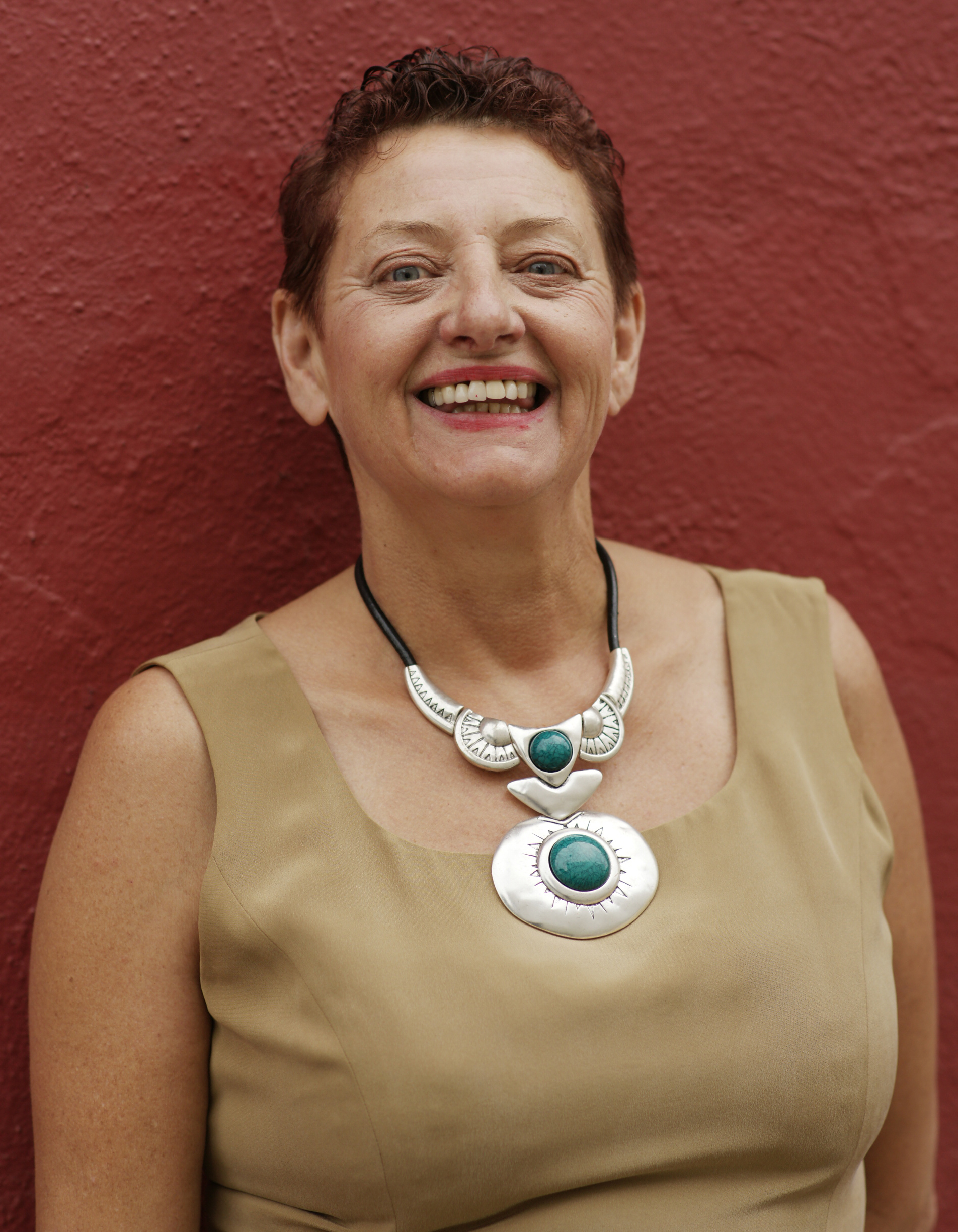Nicola Merry has been smoking on and off since she was fifteen. Cigarettes helped the Mar Vista resident deal with stress and strong emotions, and eventually smoking became routine in her life.
“When you quit smoking, you’re giving up your friend. That’s the kind of dependence on nicotine that smokers have,” Merry said.
Although she has given up cigarettes before, Merry said starting smoking again makes it difficult to quit permanently.
“Each cigarette is like digging a groove in a record,” she said. “With each one, it gets harder and harder to quit.”
But last year, she was able to quit for three months after going to Freedom from Smoking, a group therapy program at UCLA designed by the American Lung Association.
The program focuses both on the act of quitting and the behavioral changes that are necessary to keep a person from starting up again, said Lauren Harning, an exercise physiologist at UCLA who has taught the class since its inception four years ago.
“Most people have been smoking for so long they don’t really think about when and why they smoke,” Harning said. “So we take a step-by-step approach to help them unlearn this behavior.”
Patients in the program receive a diary in which they record the when, where and why of every time they pull out a cigarette, Harning said. For the majority of the program’s eight weeks, patients focus on ways to fill the behavioral void cigarettes leave behind.
“You’re used to having this thing in your mouth,” Merry said. “You’re always used to reaching for that cigarette when something emotional is happening.”
Looking for alternate behaviors and routines is important to curbing the urge to smoke, Merry said.
“I have this thing where every time I go to the store, I stop halfway and have a cigarette,” Merry said. “You learn to keep away from those trigger points. You do a new routine for a while.”
Because the program looks at ways to deal with stress reduction and behavior change, it offers more structure and guidance than other, similar quitting programs, Harning said.
The program has a 60 percent success rate in getting smokers to quit when used in conjunction with medication , according to the American Lung Association.
In addition to the weekly group sessions, the program also offers online and phone services.
All participants go through the quitting process together, allowing them to form buddy systems, Harning said.
But dramatic, stressful life changes can bring the habit back, Merry said. After her quitting period last year, she started smoking again while living in Dubai for six months.
“You can still smoke in public places (in Dubai),” she said. “People in Dubai were smoking all around me.”
Merry is attending the program again in hopes of quitting permanently. While smokers might be afraid that quitting is too difficult a task, Merry said the program provides the group support and structure needed to put cigarettes in the past.
“It’s about dealing with your own triggers and urges. … It’s for everyone,” Harning said.
